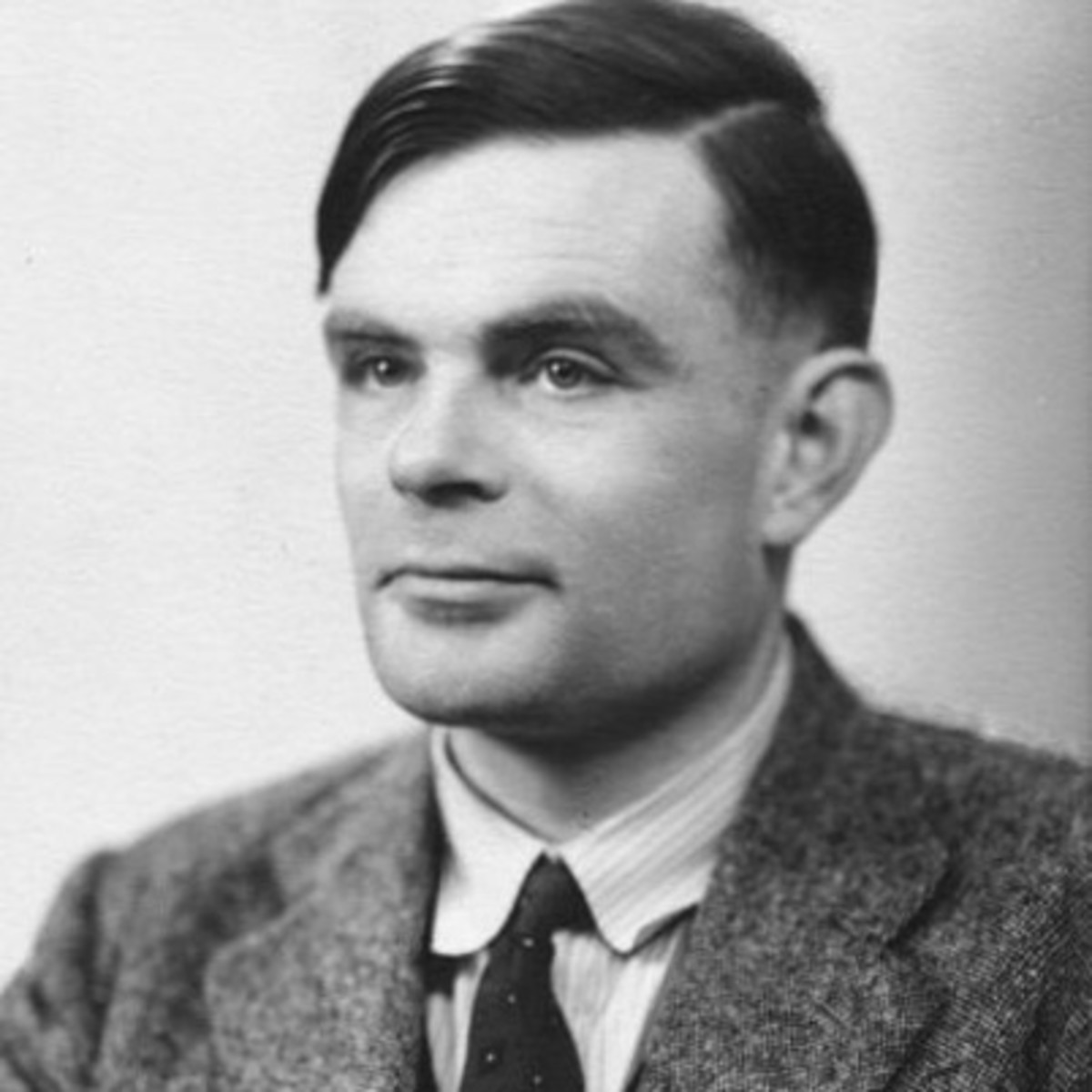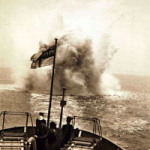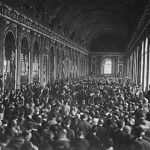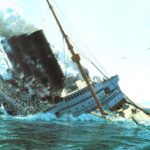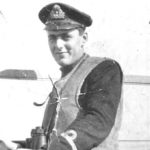By the spring of 1940, British cryptographers had a general idea of how the German Naval Enigma cypher device worked, but could not break its code without “cribs” ( see my blog, “British Codebreaking and the Bletchley Park Connection,” May 31, 2018).
To read the Naval Enigma messages, Bletchley Park analysts needed to know identity and order of the three wheels used to send messages, plus the settings on the wheels, and the plugboard setup for the day the message was sent. All this information had to be transmitted to the Enigma operators in the field before they could decode messages. The question was, how did the operators obtain the information?
A significant breakthrough happened in late April when a Royal Navy destroyer captured a German trawler off the Norwegian coast. The Germans had managed to throw two bags overboard filled with codebooks and the ship’s Enigma device. The bag with the Enigma sank, but the second bag did not and was recovered.
That second bag contained coded messages along with their related plain text translations (valuable cribs needed to help break the Naval code). This information, along with the Enigma wheel and plugboard settings for two of the days, allowed Alan Turing and his associates to read the first German Naval messages since the start of the war, albeit nearly two weeks after they were sent. However, access to these messages helped Turing work out how the Naval Enigma indicators were sent (see my May 31, 2018, blog).
To read the messages in real time, the codebreakers would need a copy of the bigram (a two-letter configuration) table used to send the messages, and no bigram tables were recovered from the trawler. Undaunted, British cryptanalysts were able to use the cribs to work backwards and begin to fill in the bigram pairings. With enough cribs, they were able to reconstruct most of the bigram table in use at that time.
Turing devised a system to help eliminate most of the wheel positions not used to encrypt a message. The smaller number of remaining possibilities could then be tested using his “bombe,” a pioneering computer that worked out the eventual correct wheel positions. Through this sped-up trial-and-error methodology, cryptanalysts were able to break a few months-old Naval Enigma messages without first having the wheel or plugboard settings.
But in decoding one of the messages, Turing discovered that a new bigram table would be introduced July 1, 1940. The change sent Bletchley Park’s Naval Enigma deciphering efforts nearly back to square one. Despite this setback, the British had developed more effective tools and methods for breaking the German Naval codes.
Now, however, the question was whether they would be able to read the German messages in real time before the rising U-boat toll could starve Britain into submission.


